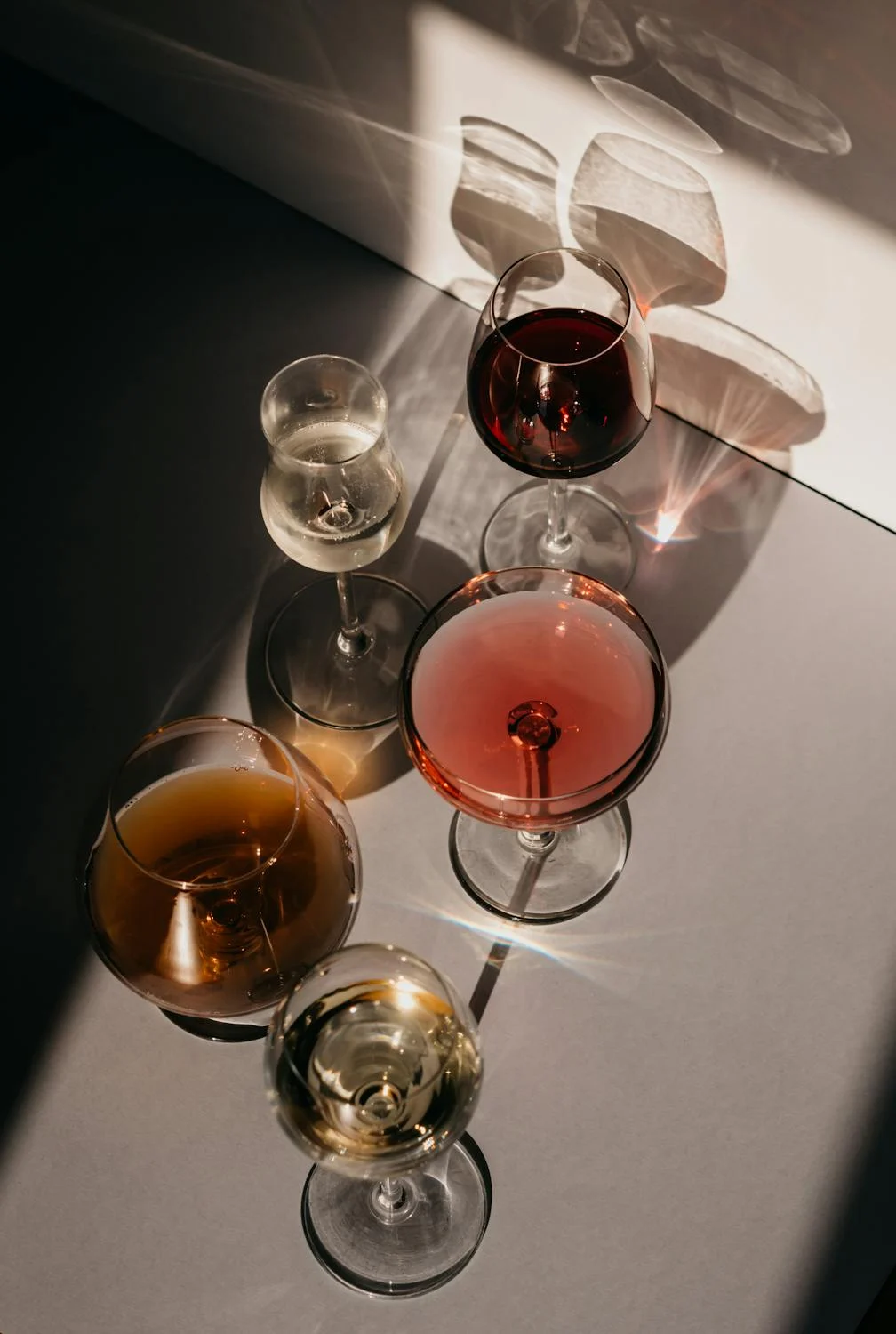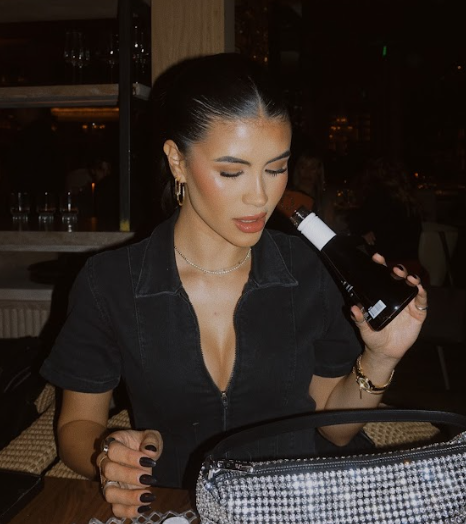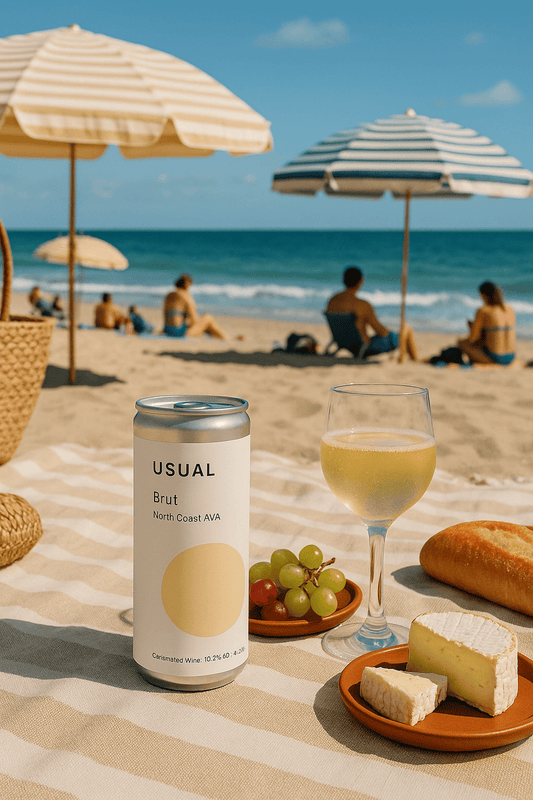
From Dry to Sweet: Understanding Wine Sweetness Levels
Matt CoenenWine comes in a vast range of flavors, from crisp and bone-dry to rich and lusciously sweet. While personal preference plays a major role in wine selection, understanding the spectrum of wine sweetness can help you make better choices for pairing, serving and enjoying different styles. The sweetness in wine is influenced by residual sugar, acidity and other factors that shape its final taste.
To simplify this, many wine enthusiasts and professionals use a wine sweetness chart, which categorizes wines based on their residual sugar content and perceived sweetness. Whether you prefer a dry, citrusy Sauvignon Blanc or a sweet, indulgent Port, this guide will walk you through the factors that determine a wine’s sweetness and highlight common examples at each level.
What Determines Wine Sweetness?
A wine’s sweetness is not just about how much sugar it contains — it’s a balance of several key elements, including residual sugar, acidity, alcohol content and tannins. These factors work together to create the final perception of sweetness on the palate.
Residual Sugar (RS): The Primary Factor
Residual sugar (RS) refers to the natural grape sugars that remain in the wine after fermentation. Dry wines have little to no residual sugar because the yeast has converted almost all of it into alcohol, whereas sweet wines retain more sugar due to interrupted or halted fermentation. Even a slight increase in RS can dramatically affect a wine’s sweetness perception.
-
Bone dry wines typically contain less than 1 gram of sugar per liter.
-
Sweet wines can have over 50 grams of sugar per liter, creating a noticeable sweetness.
Acidity’s Role in Balancing Sweetness
Acidity plays a crucial role in how we perceive sweetness in wine. A high-acid wine can taste drier than it actually is because acidity counteracts sweetness, creating a crisp, refreshing sensation. For example, a Riesling with noticeable residual sugar can still taste balanced and not overly sweet due to its bright acidity.
Alcohol & Tannins: Influencing Perception
-
Higher alcohol levels can enhance the perception of sweetness, even in a dry wine. Wines like Viognier or Gewürztraminer often feel slightly sweeter due to their fuller body and alcohol content.
-
Tannins, found mostly in red wines, create a drying effect on the palate, making a wine feel less sweet than it actually is. This is why even fruit-forward reds like Merlot or Malbec may not taste sweet despite their ripe, jammy flavors.
Understanding these factors helps demystify why some wines taste sweeter than others, even if they have similar sugar content.
The Wine Sweetness Chart: Understanding the Spectrum
A wine sweetness chart is a useful tool for categorizing wines based on their sweetness level. It helps wine drinkers understand where different wines fall on the spectrum and how much residual sugar they contain. The chart typically divides wines into five main categories:
1. Bone Dry (Very Little to No Residual Sugar)
These wines have nearly all their sugar converted into alcohol during fermentation, resulting in a crisp, clean finish with no noticeable sweetness.
-
Sauvignon Blanc – Known for its high acidity and bright citrus flavors, Sauvignon Blanc often tastes tart and zesty, with herbal notes.
-
Brut Champagne – Sparkling wines labeled Brut have very little residual sugar, making them crisp and refreshing with flavors of green apple and toasted almond.
-
Albariño – A dry white wine from Spain, Albariño offers vibrant acidity and flavors of lime, grapefruit and stone fruit, often with a mineral-driven finish.
2. Dry (Minimal Sweetness Perception)
Dry wines contain little residual sugar but may have a slight fruitiness that can be mistaken for sweetness.
-
Chardonnay – A classic dry white, Chardonnay varies in style, but unoaked versions highlight citrus and green apple notes, while oaked versions bring in vanilla and buttery richness.
-
Pinot Noir – A light-bodied red with bright red fruit flavors (cherry, cranberry, raspberry), Pinot Noir has soft tannins that give it a smooth, dry finish.
-
Cabernet Sauvignon – A bold, full-bodied red with firm tannins and dark fruit flavors (blackcurrant, plum), making it one of the driest and most structured red wines.
3. Off-Dry (Slight Sweetness, Not Overpowering)
Off-dry wines have just enough residual sugar to give them a soft, slightly sweet edge without being overwhelmingly sugary.
-
Riesling (Dry or Off-Dry Styles) – While Riesling can be made completely dry, many versions retain a touch of sweetness, balancing their high acidity with flavors of green apple, pear and honey.
-
Chenin Blanc – This versatile white can range from bone dry to sweet, but off-dry styles offer a gentle fruitiness with flavors of quince, honeysuckle and melon.
-
Gewürztraminer – Often floral and aromatic, this off-dry white wine features tropical fruit flavors like lychee and pineapple with a slight sweetness on the finish.
4. Sweet (Noticeable Sweetness, Often Dessert Wines)
Sweet wines are more pronounced in their sugar content, making them ideal for sipping on their own or pairing with desserts.
-
Moscato – Lightly sparkling and bursting with peach, apricot and floral notes, Moscato is a classic example of a sweet yet refreshing wine.
-
Sauternes – A famous French dessert wine made from botrytized grapes, Sauternes delivers rich honey, caramel and tropical fruit flavors.
-
Tokaji – A Hungarian dessert wine with a history dating back centuries, Tokaji offers layers of dried fruit, citrus and spice with a smooth, lingering sweetness.
5. Very Sweet (High Residual Sugar, Luscious Texture)
These wines are among the sweetest, often featuring a syrupy texture and intense, concentrated flavors.
-
Ice Wine (Eiswein) – Made from grapes naturally frozen on the vine, ice wine is incredibly sweet with flavors of honey, apricot, and ripe peach.
-
Port – A fortified wine from Portugal, Port is rich, full-bodied and deeply sweet, with notes of dark berries, caramel, and chocolate.
-
Madeira – A fortified wine from Portugal’s Madeira Islands, this wine is aged with heat, giving it a complex mix of caramel, roasted nuts and dried fruit flavors.
How to Choose the Right Sweetness Level for You
Selecting a wine that matches your sweetness preference can enhance your drinking experience. Here are some key factors to consider when deciding which level of sweetness suits you best.
Personal Preference: Know Your Taste
While it sounds simple enough, if you enjoy crisp, refreshing drinks like unsweetened iced tea or black coffee, you might prefer dry or bone-dry wines. If you lean toward sweeter beverages, such as fruit juices or cocktails, off-dry to sweet wines may be a better fit. We always recommend trying new wines or doing a wine tasting — you might be surprised by what you end up gravitating towards.
Pairing Wine with Food
Sweetness in wine plays a crucial role in food pairing. Here’s a general guideline:
-
Dry wines work well with savory dishes, such as grilled meats, seafood and roasted vegetables.
-
Off-dry wines complement mildly spicy foods, like Thai or Indian cuisine, as their slight sweetness balances the heat.
-
Sweet wines are perfect for desserts, blue cheese or rich dishes like foie gras.
-
Very sweet wines pair best with equally sweet desserts or can be enjoyed as a dessert on their own.
Experimentation: Try Different Styles
The best way to determine your ideal sweetness level is to explore different wines. Try a tasting flight that includes a variety of dry, off-dry, and sweet wines to see how they compare. Pay attention to how acidity, tannins, and alcohol influence the perception of sweetness in each glass.
By understanding the wine sweetness spectrum and using a wine sweetness chart as a reference, you can confidently select wines that match your preferences and enhance your overall wine experience.
Ready to find your next favorite wine? Explore our offerings, which contain no added sugar and use the best grapes and growing conditions for the highest-quality glass:
-
Brut is on the bone-dry side, with crisp, refreshing and fruity notes. It’s tart, not sweet.
-
Red is on the dry side, with lots of body and fresh, fruity notes to soften everything out.
-
Rose is on the dry side, with fruit, spice and floral notes.
Frequently Asked Questions
1. How sweet are Usual Wines products?
Usual Wines products lean towards the dry end of the wine sweet chart, with zero grams of sugar per serving and no added sugars or sweeteners. You can explore the different flavor profiles on each product page.
2. Does Usual Wines contain added sugar?
Never! We avoid all added sugars, sweeteners, colorants, preservatives and artificial ingredients so you get the cleanest glass of wine available.
3. What types of wine does Usual Wines offer?
We offer a variety of wines, including Brut, Red, Rose and Grenache. You can also try our Mixed Pack if you’re not sure which wine you love.








